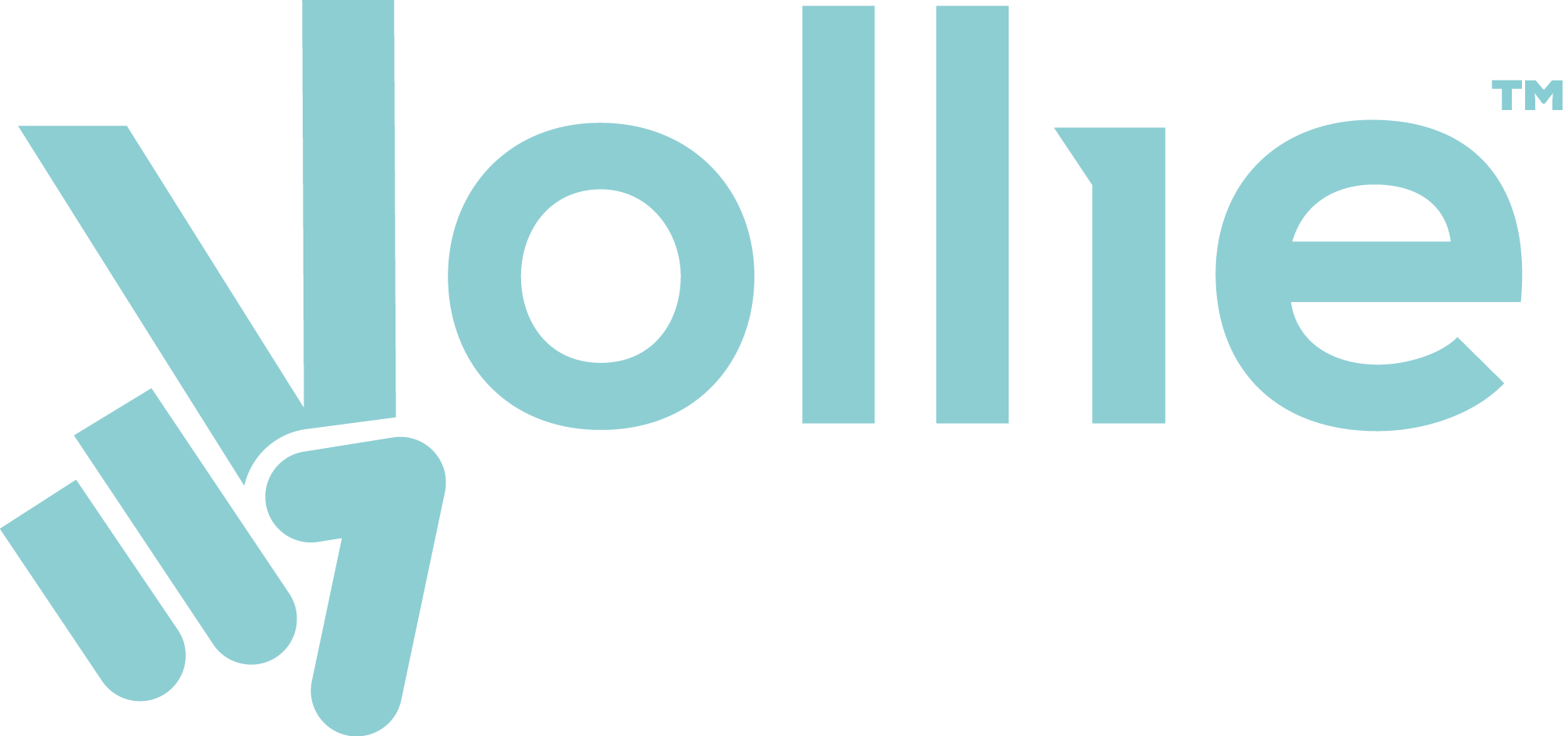Volunteering and the Gig Economy
I have worked in the NGO space for the best part of a decade, and it has transformed my perspective on life. You meet the most inspiring people on a daily basis, and I truly care about this sector and where it’s headed. This is why the future of volunteering is an issue close to my heart. In any industry, it is vital to plan for longer periods – 3, 5, 10 years from now. So what does the future of volunteering hold? It is my opinion that the gig economy will play a key role in this future.
For those unfamiliar with the term, the gig economy refers to the growing number of workers abandoning their traditional 9-5 employment in favour of gigs—working independently on a task-by-task basis. So the question I pose to you with this article is; what if we considered “gig” volunteering? The trend toward a “gig” economy has well and truly begun, but is the NGO sector prepared?
The way we consume entertainment through Netflix rather than simply turning on the TV, how we now book taxis with Uber, even the way we choose accommodation for our next holiday through AirBnB, are all symptoms of the way new age technologies are transforming the way we live and act. In this digital age, the workforce is increasingly mobile and so are jobs. Modern-day professionals are able than ever before to select temporary jobs, while organisations can select the best individuals from a larger pool.
What this means for the social sector
Digitisation and the entrance of the millennial generation into the workforce is fuelling this change toward a gig economy. It is vital that NGOs effectively connect with millennial skill sets to support their organisations’ work.
Taking a closer look at the gig economy, here are some quick facts:
It is expected that by 2020, 40% of US workforce will, at least partly, be involved in this method of work.
Freelance work has been common for a while in writing, consulting, design, but is now moving more broadly into other professions.
Unemployment is driving demand for this method of work to “fill the gaps” with their wages.
Whatever the motivation for this shift, it is indisputable that this mode of work is rapidly growing alongside the emergence of digital freelance marketplaces.
In Australia, the largest freelance category is web, mobile and software development at 44%, followed by design and creative (14%), customer and admin support (13%), sales and marketing (10%) and writing (8%). Data from the Future of Work Research Monitor from Airtasker revealed 4.1 million Australians had freelanced between 2014-15.
Where is the increasing demand coming from?
Starting with young people (18-39 years old), the increasing demand is driven by a desire for autonomous and flexible work. It also reflects a generational shift towards freedom and entrepreneurship. Although people over the age of 40 also have a desire for this change and want to set their own schedules and choose their tasks and work in an environment that suits them.
A study by recruitment firm Hays revealed that 55% of Australians would take a 20% salary cut in order to work from home. A further 22% would sacrifice 10% of annual income in return for flexible working arrangements. Airtasker’s 2015 survey of the future of work revealed that 85 per cent of Australians believe that the traditional 9 to 5 office hours are inflexible.
Let’s apply this working trend to a major issue facing NGOs: connecting with the next generation of volunteers (Millennials, and even Gen Z). The current volunteer rate among working is lowest among millennials, at about 30%. Volunteering Australia has highlighted a need to engage the next generation of volunteers more successfully and utilise technology to do so, but the next generation of Australians aren’t volunteering as much (as shown in the below graph).
Source: Volunteering Australia, State of Volunteering Report 2016
So why are young people not volunteering as much?
Through developing my business, Vollie, some key points have emerged. First, there is a lack of flexibility in current volunteering programs. The mandatory requirement of committing to X number of days each month is a major deterrent to young volunteers. This kind of fixed commitment puts people off in the initial stages of engagement itself.
Second, considering people today generally have less time to volunteer, it is vital that the brief to the volunteer is clear (they clearly understand the work that is required), and the opportunity itself is flexible. For example, with certain NGO requirements it isn’t necessary that the volunteer is needed on a specific day at a specific time in a specific location; rather it is a requirement that the volunteer can work on remotely around their own busy personal and professional schedule – this is the benefit of online volunteering. Third, and perhaps most importantly, modern-day professionals don’t know where to start a lot of the time when it comes to finding a volunteering opportunity. They can be overwhelmed by all the available options.
Here’s the bottom line: Millennials and modern-day professionals still want to change the world, but they want to do it in a way that affirms their sense of purpose. There is a huge opportunity for all of us to be conduits of change by making more connections between our society and the animals, plants, and people in this world. To achieve this, volunteering must evolve, and technology will be the greatest enabler of this.


